Warhammer 40,000: Chaos Gate – The Unceasing Improvement of Daemonhunters
From Warhammer 40,000: Chaos Gate – Daemonhunters, I had low expectations. From RTS classics to Ork shmups, I’ll play any Warhammer game, but few hold my attention longer than Complex Games’ XCOM-like. Instead of still being on the Darktide train, as I had fully expected, I’m leading small Grey Knights through the virtual battlefield, trying to drive the rot of Nurgle from every planet I see.
I was almost tempted to include Daemonhunters on my list of games of the year for this year, but come on, I’m not spelling out the entire name every time. Frontier’s greatest accomplishment to date has been adding timely, high-quality DLC to the game on a regular basis. When you start to feel a bit bored or stuck in your game, Daemonhunters presents you with a fresh new tool to add to your toolbox as well as fresh enemies to take out and objectives to complete. Vakir, the Inquisitor, is an unrelenting mistress.
Duty Eternal came first, which any dignified reader of the Codex Astartes will understand to mean Dreadnoughts right away. It also meant Techmarines, who have been a constant in my raiding teams ever since, and Technophage, a sickness that affects machines.
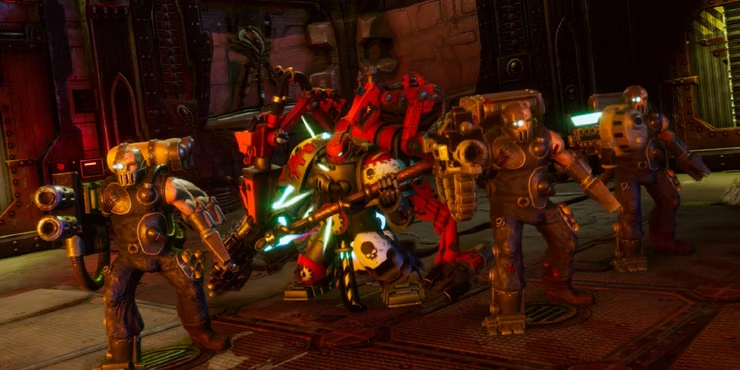
Duty Eternal had plenty to offer. It was always satisfying to charge straight through enemy lines and leave a satisfying path of death in your wake, and controlling and rescuing Dreadnoughts was delightfully devastating. You also never got tired of shooting plasma guns against hordes of Plague Marines. With a vicious smile plastered across my face, I equipped my Techmarine with self-destructing servitors and a variety of repair capabilities and sent them into fight against hordes of Poxwalkers.
Although I haven’t played Daemonhunters in a long, Execution Force drew me back in right away. In the game’s second DLC, Execution Force, you ally with the operatives of the Officio Assassinorum rather than additional Adeptus Astartes. Since the DLC also includes three new enemy units—the terrifying Beast of Nurgle, the Nurgling Swarm, and the Plague Surgeon—the extra firepower is much needed. Control the battlefield with your newfound allies, then complete the assignments to take on the Tentarus Hive.
That justification fails to highlight the true coolness of the assassins. I am, and always have been, a Vindicare man, skulking in the dark, dodging bullets from a long range sniper rifle into pimple-covered foreheads. Although it’s possibly the least interesting assassin, Daemonhunters does a great job implementing it. The Exitus Rifle strikes just the right amount of damage to seem formidable without tipping the delicate balance of the game’s difficulty.
My favorite design is the Eversor assassin, who employs horrifying chemical mixtures to instill dread and bewilderment in its targets. Its skull helmet gives the impression that it is a distant relative of Skeletor. Because the Culexus is an excellent Psyker hunter, it is ideal for any operation where you may come across Aeldari forces. The most conventional assassin, the Callidus, prioritizes stealth and deceit above all else.
Most missions I’ve taken a Vindicare on, but occasionally the Eversor has accompanied my valiant warriors as well. The only thing left to accomplish is launch a strike force consisting of one assassin per group. They won’t work for free, so while I figure it’s conceivable, I won’t know for sure until I’ve saved up enough requisition tokens to recruit them. It will be like going to war with four glass cannons, one in each hand and one in each foot, when confronting the agents of Chaos with four assassins scaling planetary defenses. It’s worth the risk, even though I seem to be sliding into battle on my ass or something.
Because assassins are fragile, selecting the appropriate one for a given task is crucial. Each assassin in Daemonhunters plays extremely differently. For mid-fight healing, always have an apothecary with you, even if it means risking your valuable Techmarine. As you put together the puzzle of each battlefield, the assassins will change your playstyles in unexpected ways, flipping even the most basic missions on their head.
The way the DLC for Daemonhunters modifies the game you thought you know makes it really clever. You’ve played a full campaign or longer with your Grey Knights, so you think you understand them, but what if you also had to deal with a Dreadnought, Techmarine, and machine virus? Everything has changed, including the ability to strike through infected ceramite with your power fist and the ability to find your way through abandoned cities.
Once more, Assassins innovates the main game in novel ways that cause you to reconsider gameplay that you had grown accustomed to. Every DLC pack adds something new to Daemonhunters, yet the gameplay remains mostly unchanged since each addition is so skillfully thought out, tested extensively, and balanced that it feels like a whole new game every time. If nothing else, it makes your mind swirl as you and your teammates use new abilities to combat every new threat. Although the core of Daemonhunters is XCOM-style combat, the game is really about characters—whether it’s the distinct abilities of your rank-and-file squaddies or the powerful personalities of Vakir and Lunete. If your pieces responded to you and you had the ability to headshot the opposition king with a sniper rifle, it would be like chess.
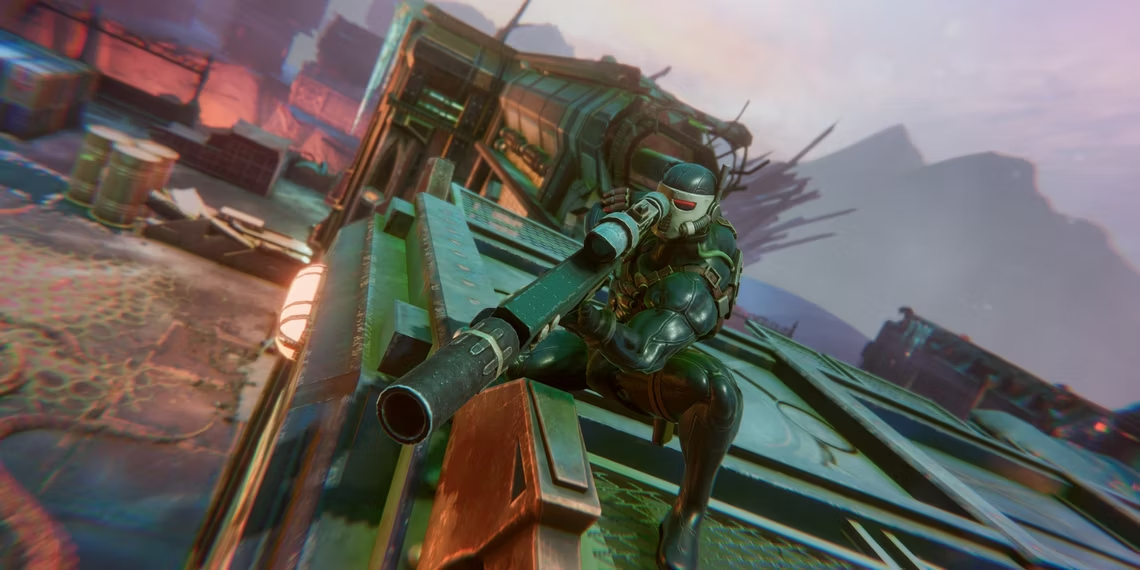



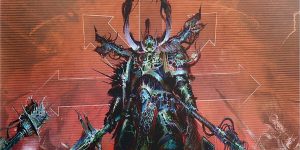
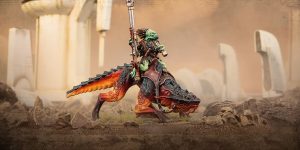
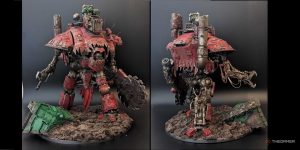
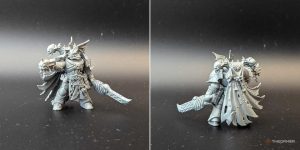
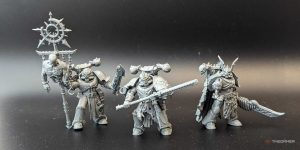
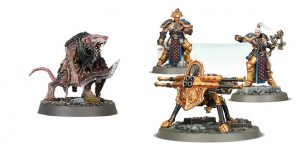
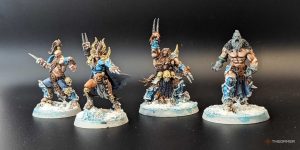


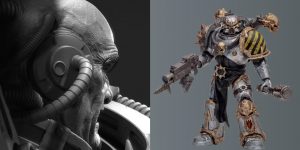
Post Comment